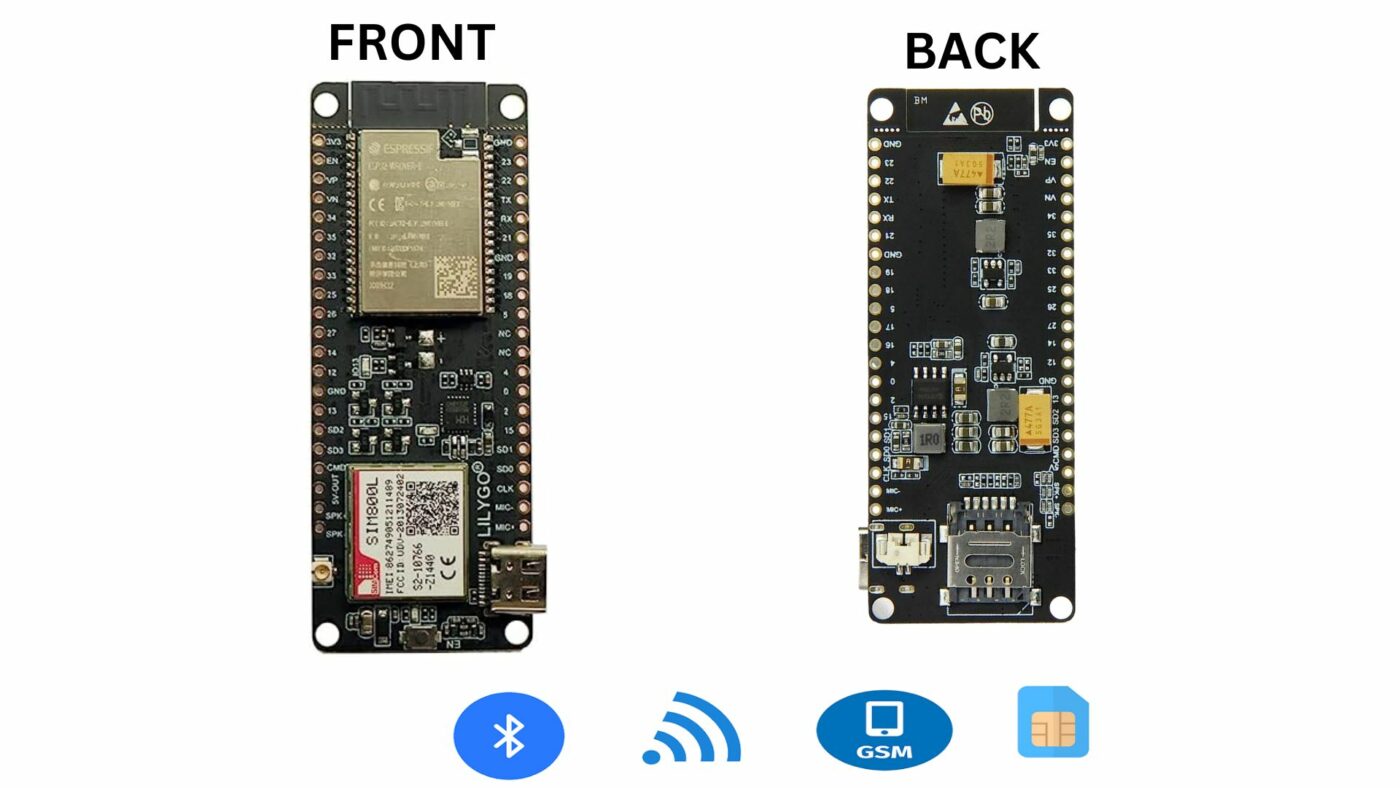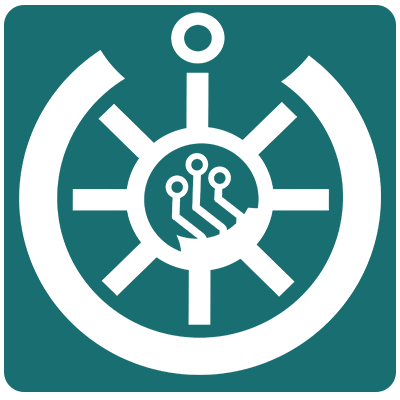The Oku Electronics Blog
Exploring the TTGO T-Call V1.4 ESP32 Wireless Module with SIM800L
In today’s interconnected world, the Internet of Things (IoT) has taken center stage, enabling devices to communicate and exchange data seamlessly. One such powerful module is the TTGO T-Call V1.4 ESP32 Wireless Module with the SIM800L module. This versatile and compact board combines the power of the ESP32 microcontroller with GSM and GPRS capabilities, allowing for wireless connectivity and data transmission. In this blog post, we will delve into the features and potential applications of the TTGO T-Call V1.4 module, highlighting its SIM800L module, SIM card support, and integrated antenna.
The TTGO T-Call V1.4 ESP32 Wireless Module:
The TTGO T-Call V1.4 ESP32 Wireless Module is an all-in-one solution for IoT projects that require wireless communication and cellular connectivity. It features the ESP32 microcontroller, which provides Wi-Fi and Bluetooth functionality, along with the SIM800L module for GSM and GPRS communication. This integration allows the module to connect to the internet using cellular networks, making it ideal for remote monitoring, tracking systems, and other IoT applications.
SIM800L Module:
At the heart of the TTGO T-Call V1.4 module lies the SIM800L module. It is a compact and low-power GSM/GPRS module capable of transmitting and receiving data via cellular networks. The SIM800L module supports quad-band frequencies, making it compatible with various network carriers worldwide. With its onboard SIM card holder, you can easily insert a standard SIM card and establish a cellular connection.
SIM Card Support:
The TTGO T-Call V1.4 ESP32 Wireless Module supports a standard SIM card, allowing for seamless integration with existing cellular networks. By inserting a SIM card into the module, you can utilize its GSM and GPRS capabilities to send and receive SMS messages, make voice calls, and connect to the internet. This flexibility makes the TTGO T-Call V1.4 module suitable for applications requiring remote monitoring, real-time data transmission, or even as a standalone communication device.
Integrated Antenna:
To further simplify the design and reduce external components, the TTGO T-Call V1.4 module incorporates a built-in antenna. The integrated antenna saves space and eliminates the need for additional wiring or external antennas. However, it’s important to note that the performance of the integrated antenna may vary based on factors such as the surrounding environment and signal strength. In scenarios where a stronger signal is required, an external antenna can be connected to the module for enhanced connectivity.
Potential Applications:
The TTGO T-Call V1.4 ESP32 Wireless Module with the SIM800L module offers endless possibilities for IoT applications. Here are a few examples of how this module can be utilized:
- Remote Monitoring: Use the module to gather sensor data from remote locations and transmit it over the cellular network. This could be applied in environmental monitoring, agriculture, or industrial applications.
- Asset Tracking: Combine the module with GPS functionality to create a tracking device for assets such as vehicles, equipment, or shipments. Real-time location updates can be sent via SMS or published to a cloud server.
- Home Automation: Integrate the TTGO T-Call V1.4 module into your home automation system to enable remote control and monitoring of appliances, security systems, and energy consumption.
- Weather Stations: Build a weather station that collects local weather data, such as temperature, humidity, and atmospheric pressure, and sends it to a cloud server for analysis or public access.
The TTGO T-Call V1.4 ESP32 Wireless Module with SIM800L brings together the power of the ESP32 microcontroller and GSM/GPRS communication capabilities. With its support for SIM cards, built-in antenna, and compact design, this module offers a convenient solution for IoT projects requiring wireless connectivity and cellular communication. Whether you’re a hobbyist or a professional developer, the TTGO T-Call V1.4 module opens up a world of possibilities for creating innovative IoT applications that can operate independently or within existing cellular networks.


